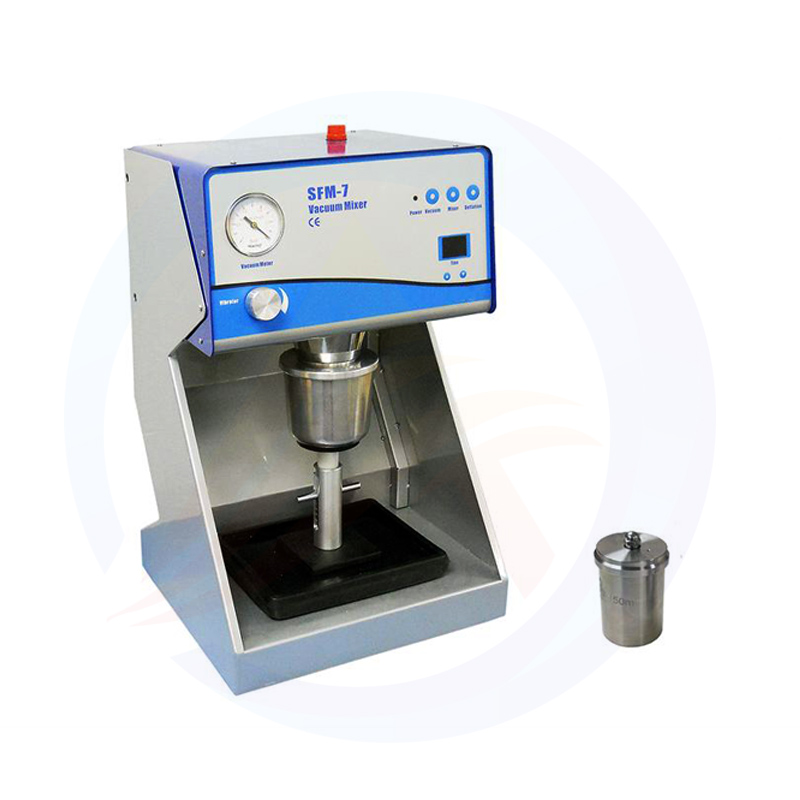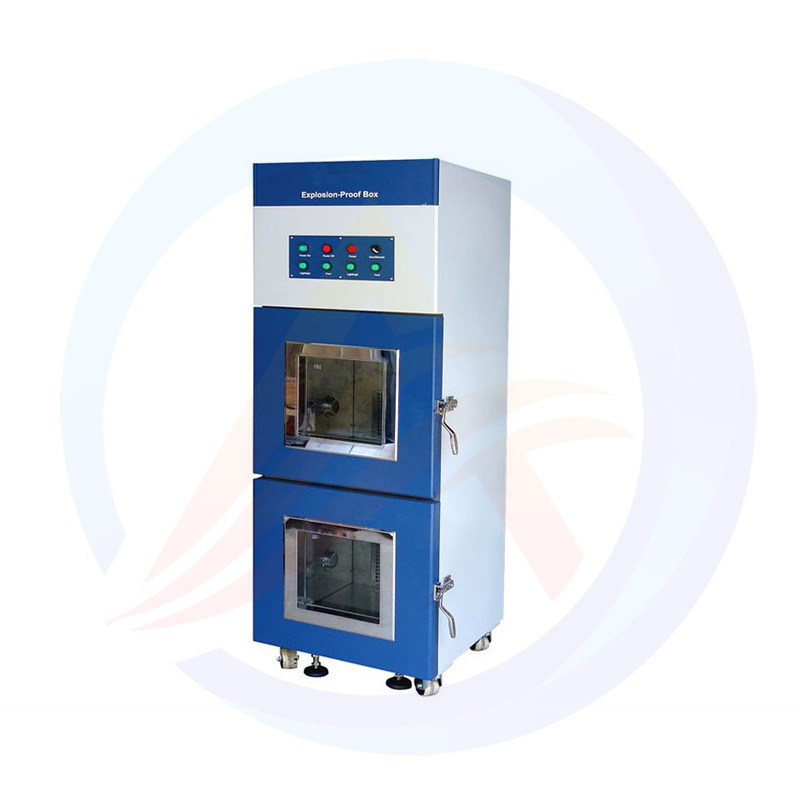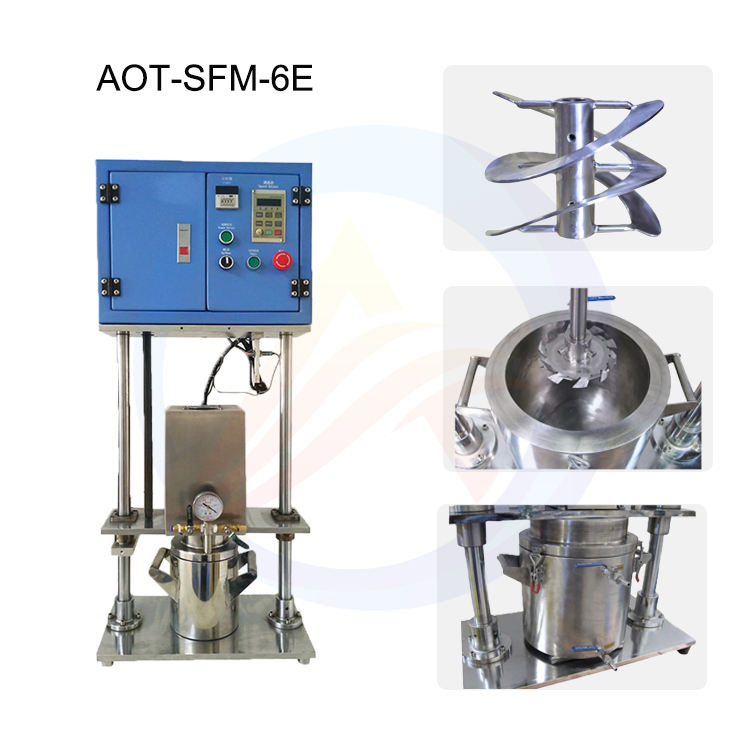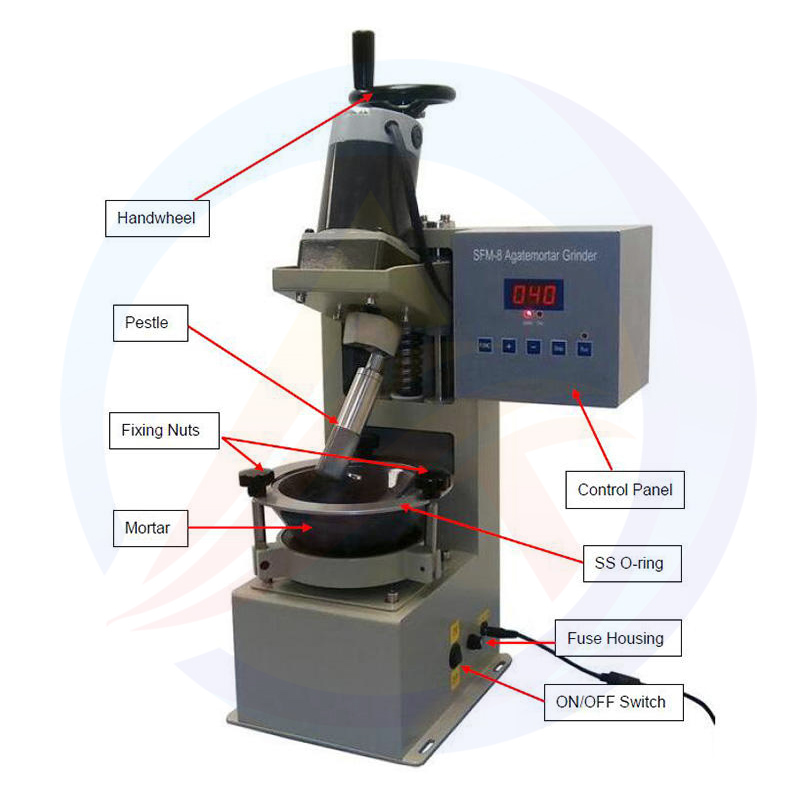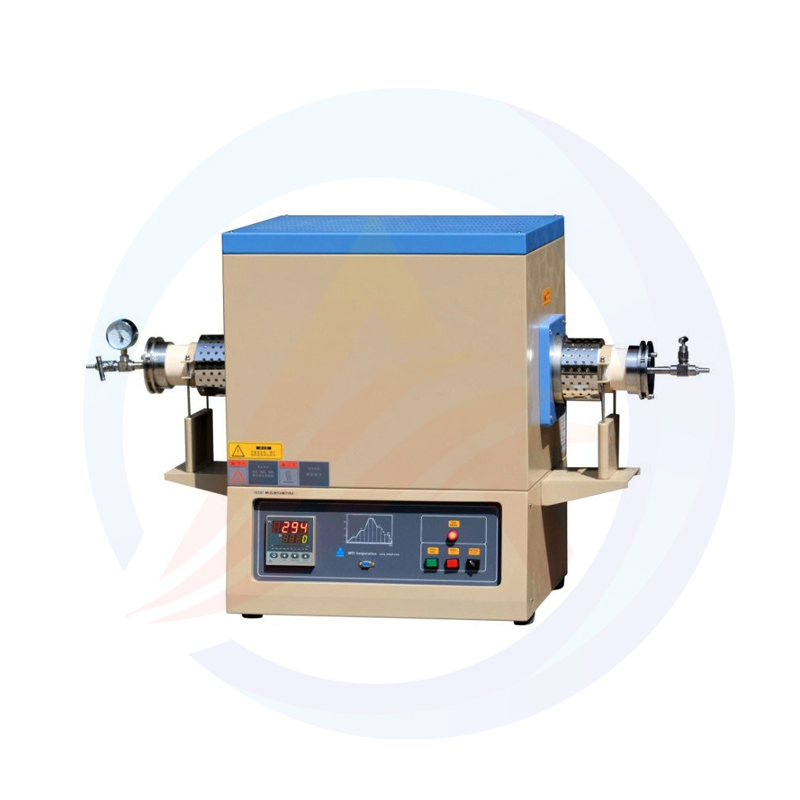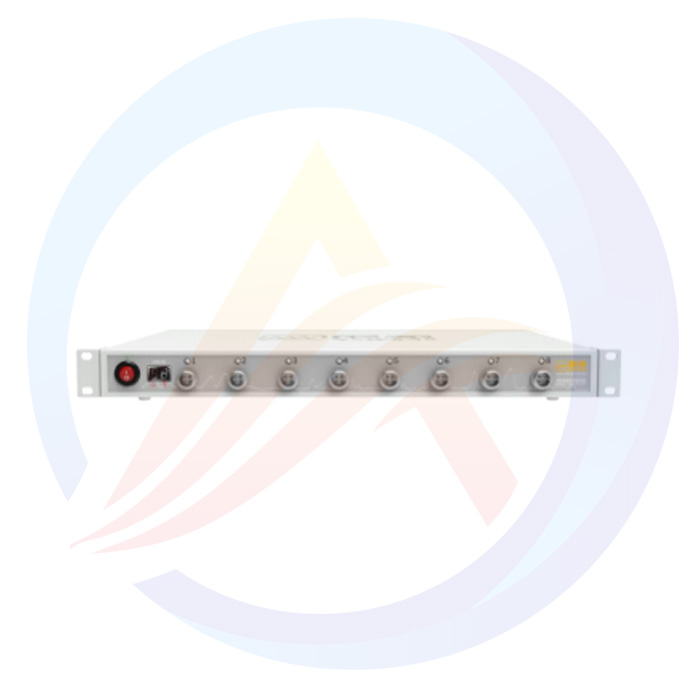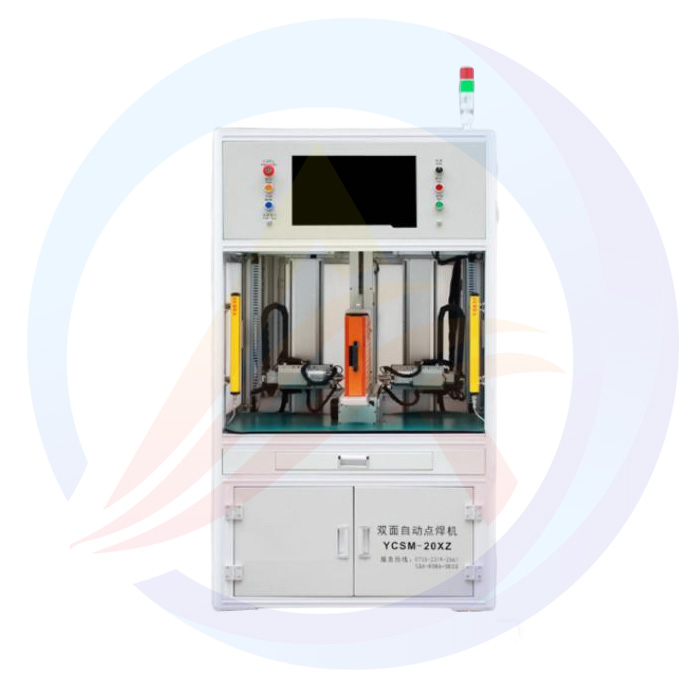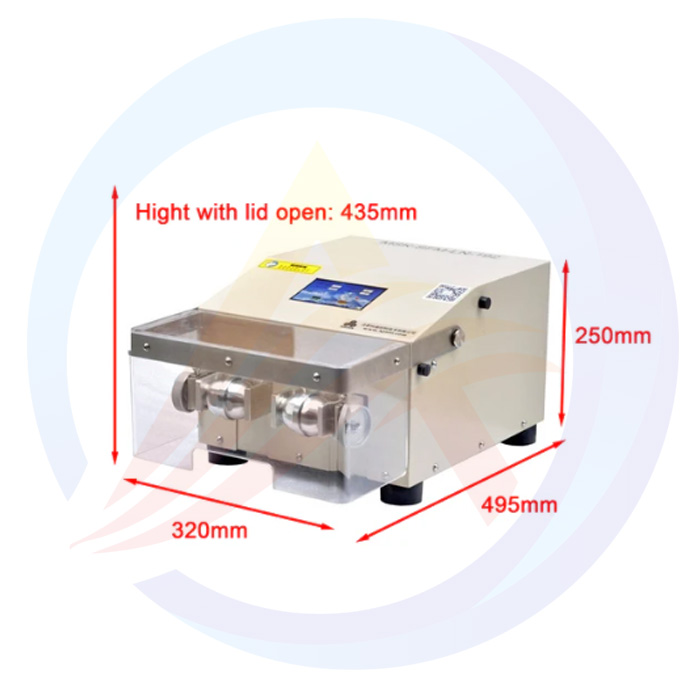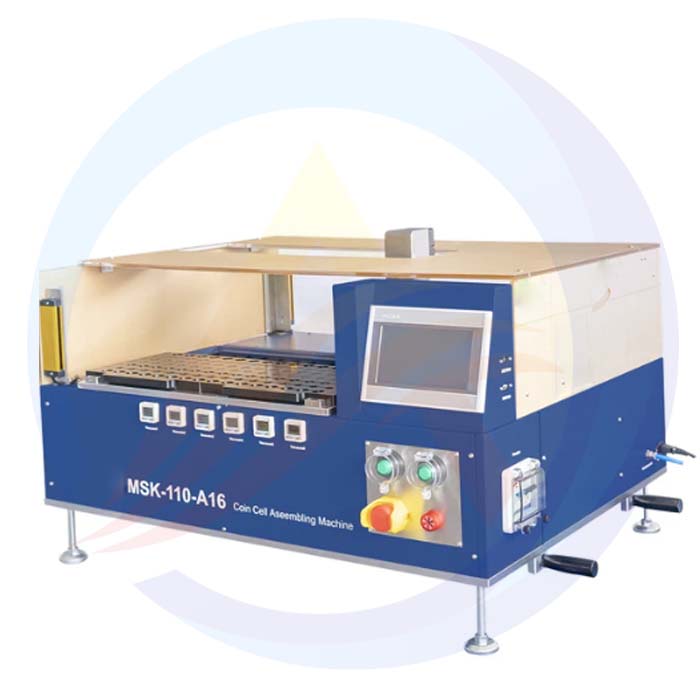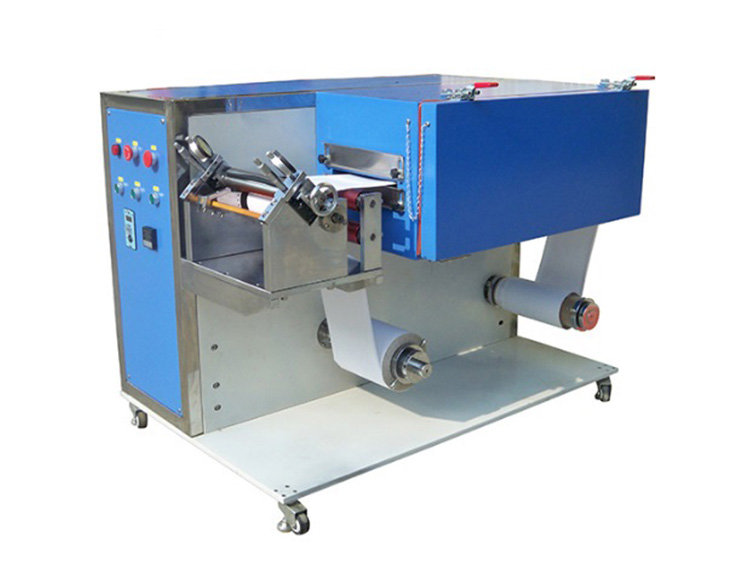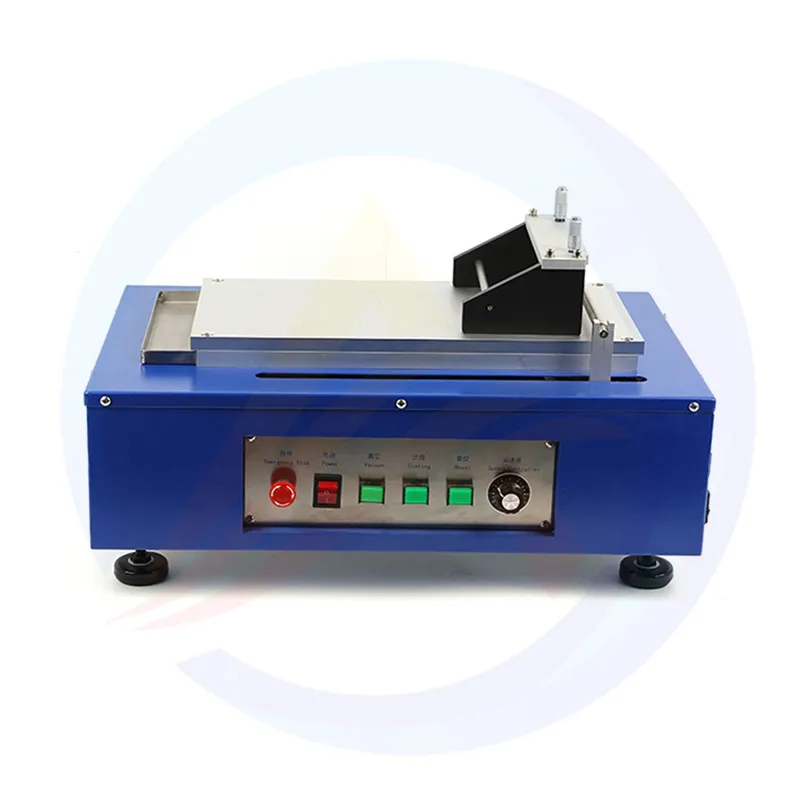Battery Coating Machines: Key Equipment in Lithium-Ion Battery Production
Coating technology is a process based on the study of fluid properties, in which one or more layers of liquid are coated onto a substrate, usually a flexible film or backing paper. The coated liquid layer is then dried or cured in an oven to form a special functional film layer. The main methods for coating lithium-ion battery electrodes currently include comma roller transfer coating and slit extrusion coating.
1. Principle and classification of battery coating machine equipment:
Impact on Battery Capacity During the coating process, if the thickness of the positive and negative electrode paste layers on the electrode sheet varies, for example, showing differences in the front, middle, and rear sections, the reaction degree of the active materials during battery charging and discharging will also differ. This can lead to either excessively low or high battery capacity. Moreover, such thickness unevenness is more likely to trigger lithium plating during battery cycling. Lithium plating gradually consumes the active lithium in the battery, severely affecting the capacity retention rate and shortening the battery's service life.
2. The coating method of lithium battery coating machine
During the research, development, and production of lithium-ion batteries, researchers and engineers have developed various coating methods to meet different production requirements. Currently, the most common and widely used coating methods are comma-roll transfer coating and slot-die extrusion coating.
2.1 Comma-Roll Transfer Coating
Working Principle: Comma-roll transfer coating is a traditional coating method. The process begins with adjusting the gap between the coating roll and the comma blade to meter the paste onto the coating roll. Subsequently, by adjusting the gap between the backup roll and the coating roll, the paste metered on the coating roll is completely transferred onto the aluminum foil or copper foil substrate.
2.2 Slot-Die Extrusion Coating
Working Principle: Slot-die extrusion coating is a high-precision pre-metered coating method. It supplies Newtonian or non-Newtonian fluid paste to the slot die using a metering pump. Under pressure, the paste is evenly extruded from the slot of the die, forming a uniform liquid film that is then coated onto the substrate surface.
3.1 Unwinding and Tension Control System
Unwinding Mechanism: The unwinding mechanism is the starting point of the coating process. Its primary function is to carry and stably release substrates such as aluminum foil or copper foil. It is usually equipped with an unwinding deviation correction system that can accurately detect any deviation of the substrate during unwinding in real-time. Once a deviation is detected, the system automatically adjusts to ensure that the substrate moves steadily along the predetermined path, providing a stable substrate supply for subsequent coating operations.
3.2 Feeding System
Paste Conveyance: The feeding system is responsible for stably delivering the well-mixed paste to the coating die. In practical applications, screw pumps or gear pumps are commonly used for paste conveyance. These pumps can provide a stable flow rate, with a flow control accuracy of ±0.5%, ensuring a stable paste supply during the coating process and preventing issues such as uneven coating thickness caused by fluctuations in paste flow.
3.3 Coating Dies
Transfer Dies: Transfer dies for battery coating machines mainly consist of components such as coating rolls, scrapers, and backup rolls. In the operation of battery coating machines, the amount of paste metered on the coating roll is controlled by adjusting the gap between the coating roll and the scraper of the transfer die. Then, by adjusting the gap between the backup roll and the coating roll of the transfer die, the metered paste is transferred onto the substrate in battery coating machines.This type of die applied in battery coating machines has a relatively simple structure. However, in battery coating machines, due to limitations from various factors, such as the machining accuracy of mechanical components in battery coating machines and the precision of gap adjustment for the transfer die in battery coating machines, its coating accuracy is relatively low. Therefore, the transfer die is suitable for applications in battery coating machines where less stringent coating accuracy is required.
3.4 Drying System
Oven Design: The oven of the drying system is a key device for drying the coated electrode sheets. Ovens usually adopt a segmented temperature control design, generally divided into 5 - 8 segments. By precisely controlling the temperature of different zones, the electrode sheets can gradually and uniformly remove the solvents in the paste during the drying process. There are various heating methods for ovens, including electric heating, heat transfer oil heating, and steam heating. During the heating process, the air velocity uniformity within the oven is required to reach ±5% to ensure that all parts of the electrode sheet are evenly dried, avoiding inconsistent drying degrees caused by uneven air velocity, which could affect the quality of the electrode sheet.
4. Equipment Factors Affecting Coating Performance The quality of coating performance is comprehensively influenced by multiple equipment factors, which are interrelated. Any problem in one link may lead to a decline in coating quality.
4.1 Equipment Accuracy and Stability
Tension Fluctuations: As previously mentioned, the stability of substrate tension during the coating process is crucial for coating quality. When the tension deviation exceeds 1%, the substrate is prone to slipping or stretching deformation. Slipping can cause changes in the relative position between the substrate and the coating die during the coating process, resulting in uneven coating thickness. Stretching deformation, on the other hand, alters the physical properties of the substrate, affecting the overall performance of the battery. Therefore, a high-precision tension control system is essential for ensuring coating quality.
4.2 Temperature and Humidity Control
Paste Temperature: The temperature of the paste has a direct impact on its viscosity. When the paste temperature fluctuates by more than 1℃, its viscosity may change by ±5%. Changes in viscosity will lead to deviations in the coating amount. For example, an increase in viscosity may result in an increase in the coating amount, while a decrease in viscosity may lead to a decrease in the coating amount. Both situations will affect the thickness uniformity of the coating and the performance consistency of the battery. Therefore, precise control of the paste temperature is crucial for ensuring coating quality.
Drying Temperature: The control of drying temperature plays a decisive role in the quality of coated electrode sheets. During the oven drying process, if the segmented temperature control is improper, for example, if the temperature in the front section is too high, the solvent on the surface of the electrode sheet will evaporate rapidly, causing the surface to form a crust, while the internal solvent cannot evaporate in a timely manner. This can lead to issues such as coating peeling or battery micro-shorts. Therefore, setting the temperature of each section of the oven reasonably and ensuring temperature stability is the key to ensuring the drying quality of the electrode sheet.
4.3 Paste Conveyance and Flow Field Stability
Feeding Pressure Fluctuations: In slot-die extrusion coating, the stability of feeding pressure is directly related to the thickness uniformity of the coating. When the feeding pressure fluctuates by more than 5%, it will result in uneven coating thickness, presenting defects such as striped or wavy patterns. To avoid this situation, it is usually necessary to install a buffer tank in the feeding system and adopt closed-loop pressure control technology to ensure the stability of feeding pressure.
5. Technological Development Trends of Battery Coating Machines With the continuous development of lithium-ion battery technology and the increasingly stringent requirements for battery performance in the market, battery coating machines are also undergoing continuous technological innovation and upgrading, showing the following major development trends.

